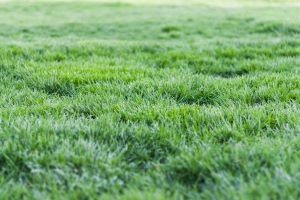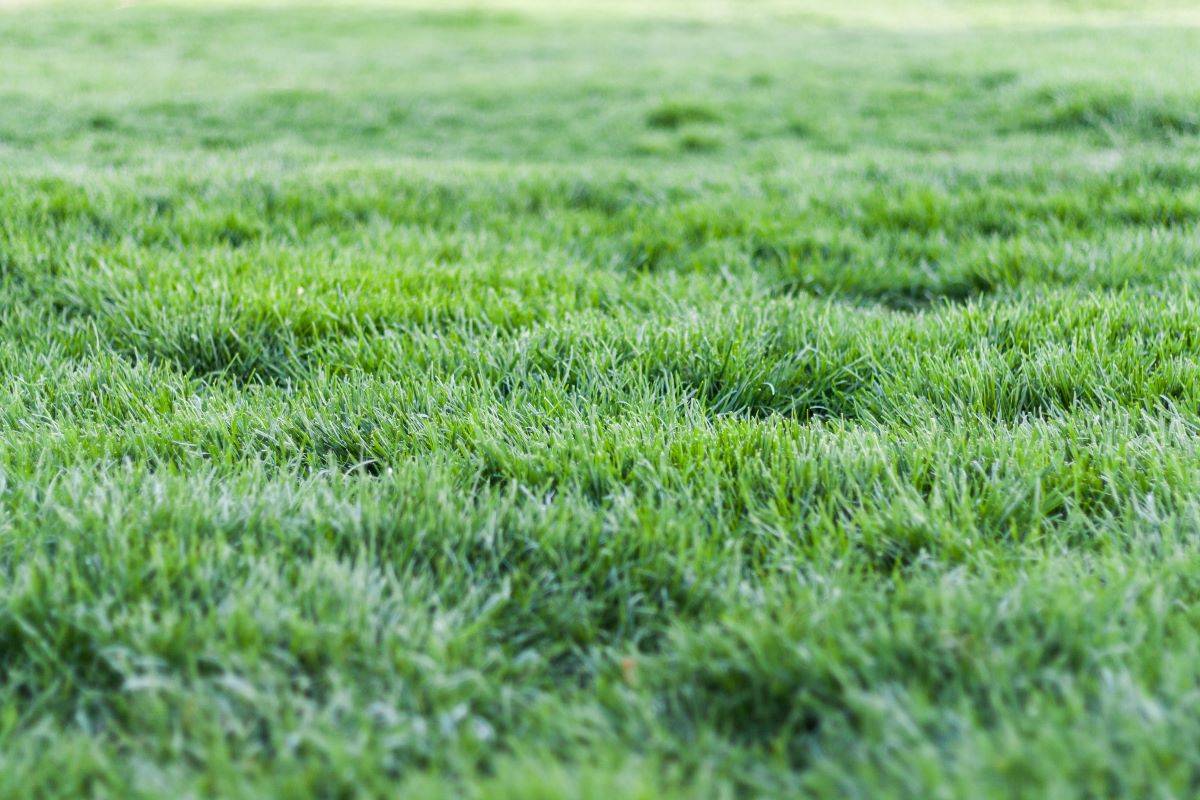With climate change and water scarcity become pressing issues, it’s more important than ever to embrace sustainable living practices. Cultivating a drought-tolerant lawn can be a significant step in this direction. However, the path to creating such a lawn involves understanding the resilient grass species, their maintenance requirements, and strategizing lawn care accordingly. It’s not just about selecting the right grass; it’s also about knowing how to keep it flourishing with less water. This guide tutors you on drought-tolerant grass species, effective lawn care, and maintenance strategies, and soil preparation and landscaping methodologies that enhance water retention. Let’s check out these drought-tolerant lawn tips to keep your lawn green.
Understanding Drought-Tolerant Grass Species
Understanding Drought-Tolerant Grass Species
It’s essential to know the different types of drought-tolerant grass species in order to choose the best one for your location. These grass types require less water, making them an ideal choice for areas experiencing prolonged drought seasons or water restrictions.
Bermuda Grass, Buffalo Grass, Zoysia Grass, and Bahia Grass are some of the common drought-resistant grass species. Bermuda Grass thrives in full sunlight and resists pests, which makes it a viable choice for hot and dry regions. Buffalo Grass, native to the North American prairies, is preferable for areas with cool summers and mild winters. Zoysia Grass proves to be resilient with deep roots that reach for underground moisture even in adverse climate conditions. Finally, Bahia Grass, with its deep root system, performs exceptionally well under full sun and in sandy soil conditions.
Water Requirements and Maintenance Level
Each of these grass species has their specific water requirements and maintenance levels. Bermuda Grass has moderate to high water requirements and needs regular horizontal mowing to maintain its appearance. Buffalo Grass requires minimal water to thrive and infrequent mowing due to its slow growth rate.
Zoysia Grass, while drought-resistant, initially requires regular watering to establish strong roots. Then, it needs infrequent but deep watering to maintain its health. On the other hand, Bahia Grass has low water requirements and prefers plenty of sunshine, making it low maintenance.
Evaluating Pest and Disease Resistance
Resistance to pests and diseases can also influence your choice of grass species. Bermuda Grass exhibits high resistance to pests with proper care while Buffalo Grass naturally resists common pests due to its dense growth.
Zoysia grass is generally resistant to diseases, but it is susceptible to nematodes and can be attacked by various insects, including billbugs, chinch bugs, and fall armyworms. Bahia Grass, however, is hardy and shows high resistance to pests and diseases.
Remember to consider these factors and consult with your local agricultural extension to ensure you purchase the best drought-tolerant grass species for your specific region and lawn conditions.

Lawn Care and Maintenance Strategies
Understanding Your Drought-Tolerant Lawn
A drought-tolerant lawn survives with minimal water, but it still requires proper maintenance to stay healthy and thriving. Becoming familiar with your lawn’s specific species will aid in understanding the unique requirements and characteristics of your grass. In addition, investing in a soil moisture meter can provide useful insight into when your lawn actually needs to be watered. Remember, even drought-tolerant grass needs watering, although less frequently.
Watering Techniques for Drought-Tolerant Lawns
To cope with periods of drought, be sure to water your lawn deeply but less frequently. This encourages the roots to grow deeper into the soil, which can help them access moisture during conditions of drought. To ensure you aren’t overwatering, follow the “inch a week” guideline. This means that the soil should be moistened to about a depth of 6 inches across the entire lawn which usually involves an inch of water per week. However, your lawn’s water requirement might vary depending on the grass species.

Mowing for Moisture Retention
Proper mowing practices can help your drought-tolerant lawn retain more moisture. Keeping your lawn a bit longer will shade the soil and hold moisture better than a closely cropped lawn. Set your mower to a higher setting, ideally around 3 to 4 inches. Avoid mowing in the heat of the day to prevent grass weakening, and always keep your mower blades sharp for a clean cut and to minimize water loss.
The Right Time for Fertilization
Knowing the right time to fertilize your lawn will also help in its preservation. The best time to fertilize is in the late spring when the lawn is growing actively. Choosing a slow-release fertilizer will provide a steady supply of nutrients that won’t wash away easily with water. Also remember that over-fertilization can add to your lawn’s water requirements, so keep it to a minimum.
Mulching and Aeration
In addition to these regular practices, consider adding mulch to your lawn. Mulch can help retain moisture and will slowly decompose, adding nutrients back into the soil. Aeration, or the process of creating small holes in the soil, can also assist in the deep penetration of water and nutrients to the root zone of the grass, promoting healthier growth.
By nurturing the right grass species with efficient watering, correct timing for fertilization, and proper mowing and aeration, anyone can maintain a beautiful, drought-tolerant lawn even in the driest conditions.

Soil Preparation and Landscaping for Drought Conditions
The first step to achieving a drought-tolerant lawn is by preparing your soil. The ideal soil structure for a drought-friendly garden is a loamy soil, which is a balanced mixture of sand, silt, and clay. This type of soil allows for optimal water retention and root penetration. If your soil is clay or sandy, you can improve it by adding organic matter, such as compost or aged manure. This helps to improve water retention in sandy soils and drainage in clay soils.
To prepare your soil, you need to clear the area of grass and weeds. Then, dig the soil up to a depth of about 12-15 inches, turning it over, and breaking up any large clods. Add a 3-4 inch layer of your chosen organic matter and mix it into the soil.
Once the soil is prepared, you need to select a variety of grass that is suitable for drought conditions. Some excellent options include Bermuda grass, Buffalo grass, Zoysia grass, and Tall Fescue. These types of grass have deeper root systems that allow them to access water at greater soil depths and are thereby able to withstand periods of low rainfall.
To further improve water retention and reduce evaporation, you need to implement certain landscaping methods. These include:
- Mulching: Mulches made from wood chips or straw can help to reduce evaporation by covering the soil surface. They also help to prevent weed growth and add organic matter as they decompose.
- Grading: Careful grading of your lawn can help to prevent runoff and guide rainwater to where it is needed.
- Creating Windbreaks: Creating windbreaks by planting trees or shrubs can protect your lawn from drying winds and provide shade, which reduces evaporation.
- Installing a Drip Irrigation System: Drip irrigation systems deliver water directly to the root zone of your lawn, minimizing wastage and evaporation.
- Use Rainwater Collection: Collecting rainwater from your rooftop runoff in a barrel can not only save on your water bill but also provide you with a water source during a drought.
- Watering Timing: Water your lawn early in the morning or later in the evening to reduce evaporation loss due to high daytime temperatures.
By following these soil preparation and landscaping methods, you will be well on your way to maintaining a drought-tolerant and water-efficient lawn, contributing to the preservation of our precious water resources.
Through this guide’s journey, we equipped you with the comprehensive knowledge to successfully grow and maintain a drought-tolerant lawn. The right grass variety coupled with effective lawn care and soil management practices can lead to a lush green carpet that thrives in drought-like conditions. Embracing these strategies can form a drastic step towards ecological conservation, benefiting not just you, but the entire planet as well. Therefore, let’s start this green initiative right from our backyards, transforming our spaces into sustainable ecosystems, one lawn at a time.

